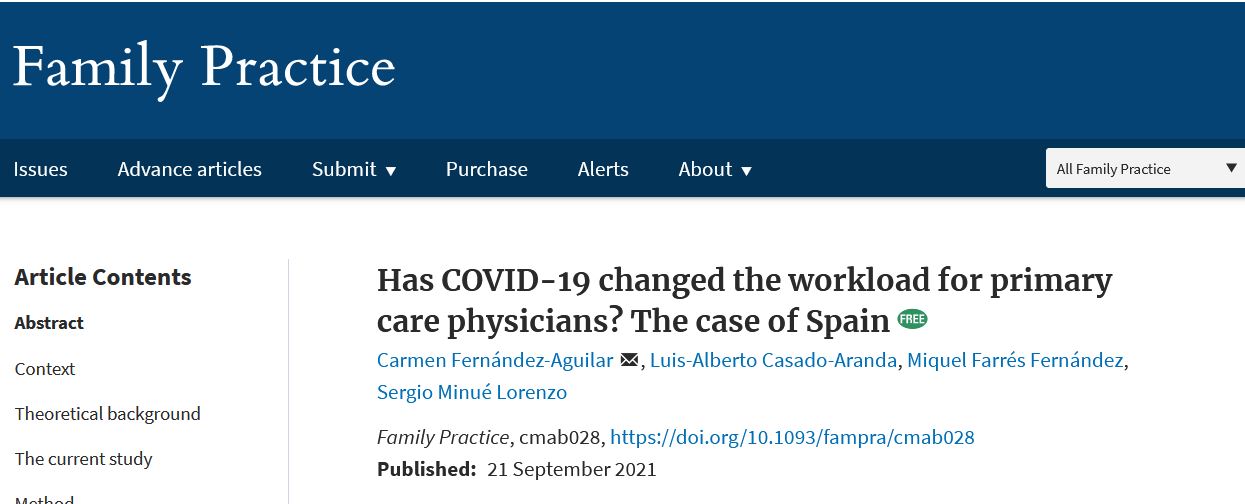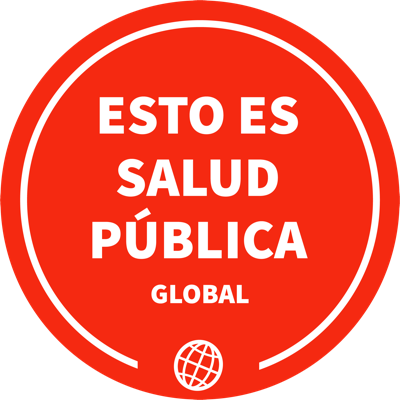
The COVID-19 pandemic has led to a massive over-exertion of doctors, multiplying their work intensity, overload and stress. Yet no studies have been conducted on the changes in primary care physician overload during the pandemic.
To address this research gap, the aim of this article is to document the subjective dimensions of physicians’ work during the peak of the pandemic for comparison with a pre-COVID-19 situation. In addition, the relationship between workload and the individual characteristics of the physician or the percentage of tele-assistance is examined.
This study performs a subjective measurement procedure for the analysis of work overload through the NASA-TLX questionnaire, with a total of 102 records from 16 doctors from a Primary Health Centers of the Granada-Metropolitan Health district (Andalusia, Spain).
The results reflect a significantly higher workload during COVID-19 in relation to a previous situation (66.1% versus 48.6% before COVID-19). All the dimensions of the NASA-TLX test suffered an increase during the COVID-19, this increase being higher in the physical, temporal and frustration levels. Interestingly, the findings reflect the higher the percentage of telematic consultations, the lower workload.
Work overload and the emotional state of health workers is one of the many repercussions of the COVID-19 pandemic. The results derived from this study may be useful in formulating policies and practices related to the workforce development, funding streams to prepare for the next wave of COVID-19 infections as well as for future public health emergencies.


